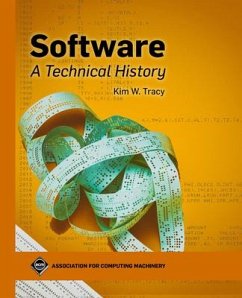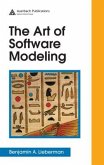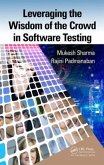Software history has a deep impact on current software designers, computer scientists, and technologists. System constraints imposed in the past and the designs that responded to them are often unknown or poorly understood by students and practitioners, yet modern software systems often include "old" software and "historical" programming techniques. This work looks at software history through specific software areas to develop student-consumable practices, design principles, lessons learned, and trends useful in current and future software design. It also exposes key areas that are widely used in modern software, yet infrequently aught in computing programs. Written as a textbook, this book uses specific cases from the past and present to explore the impact of software trends and techniques.








